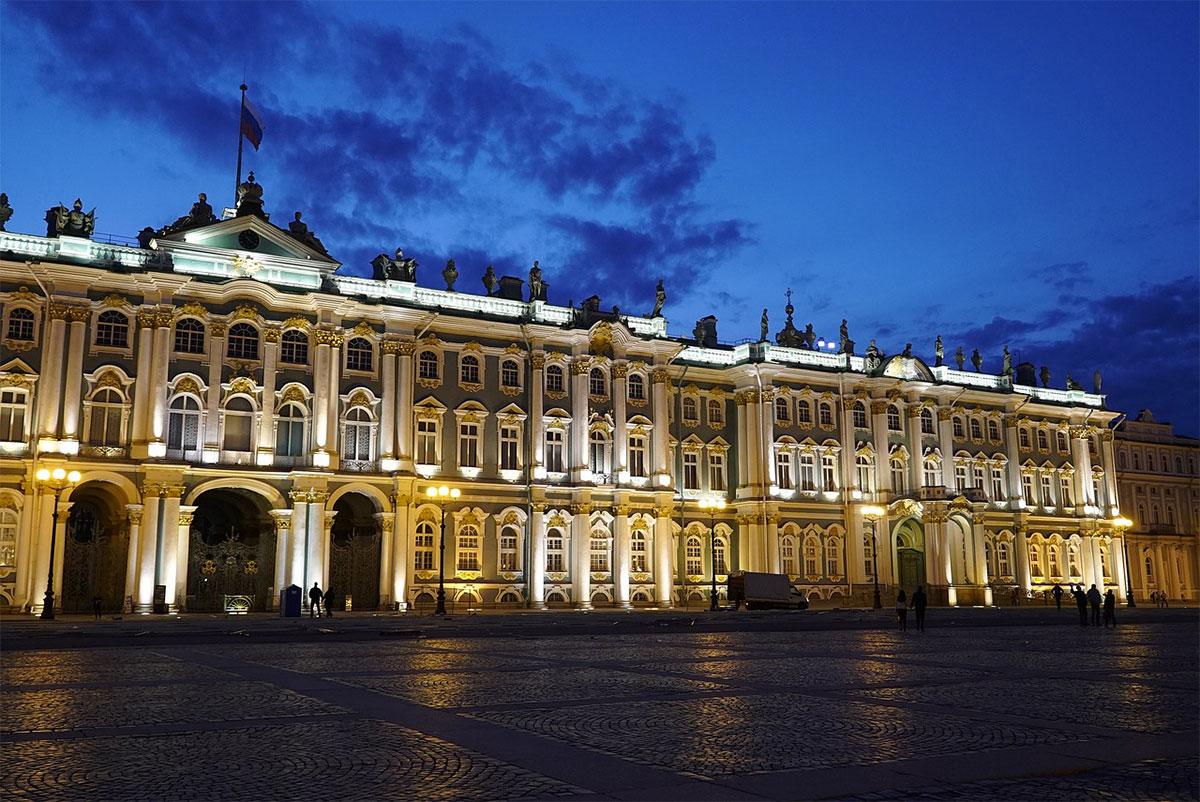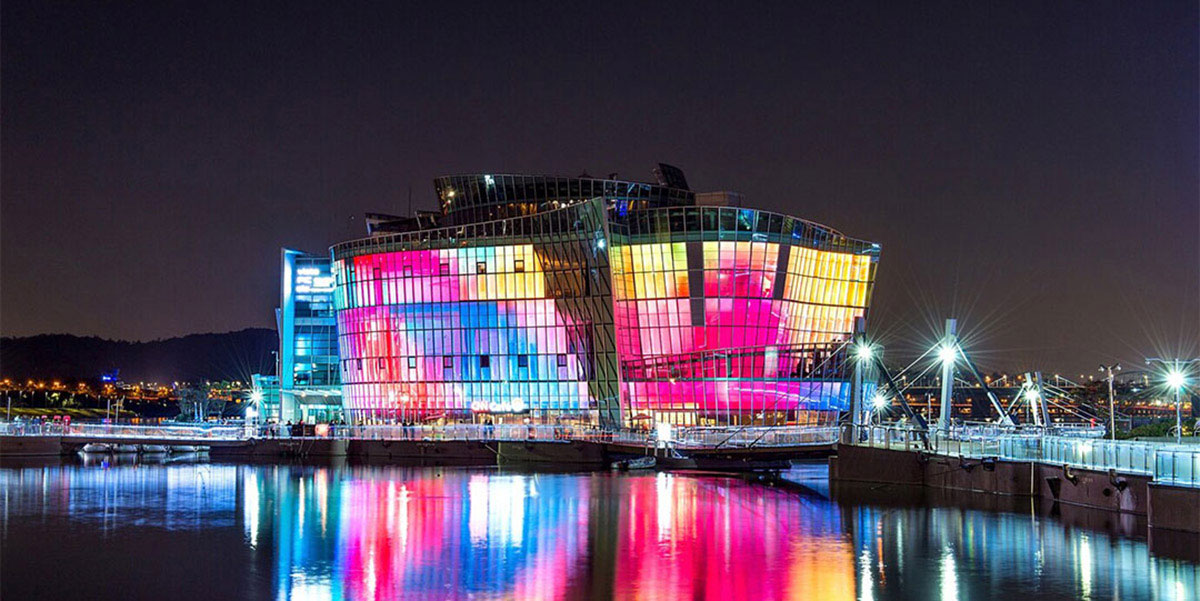Flood Light vs Spot Light: The Difference Explained Here
In today’s scenario, LED lights are broadly used in various places. This includes streets, retail stores, warehouses, parking lots, buildings, etc. To get the most excellent effect, a combination of different types of LED light may be combined in a single application.
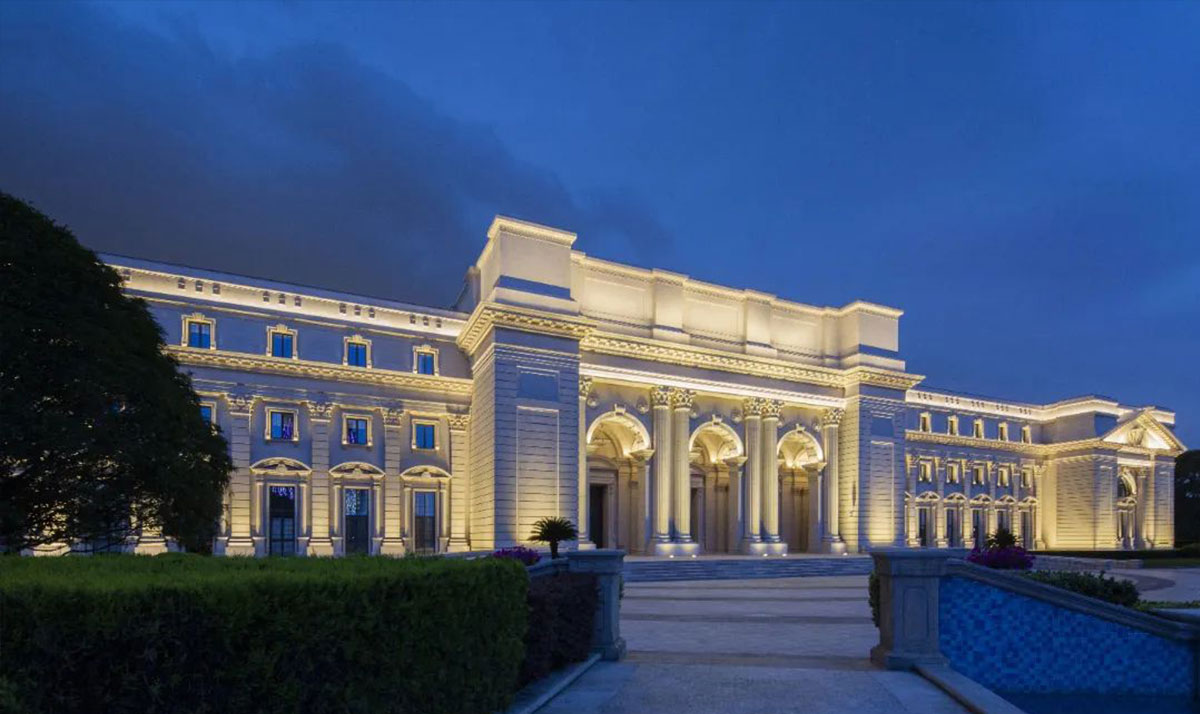
Floodlights and spotlights are popular options for outdoors due to the high efficiency and lower energy cost. But it seems to be confusing because of the difference between floodlight and spotlight. You may wonder which one is better for your application as well. Today, we discuss floodlights and spotlights and the difference between them.
Firstly, we have to keep in mind that floodlight and spotlight are two kinds of light patterns, which refer to the lighting projection. In some conditions, there is a combination of floodlight and spotlight.
1. What is a Floodlight?
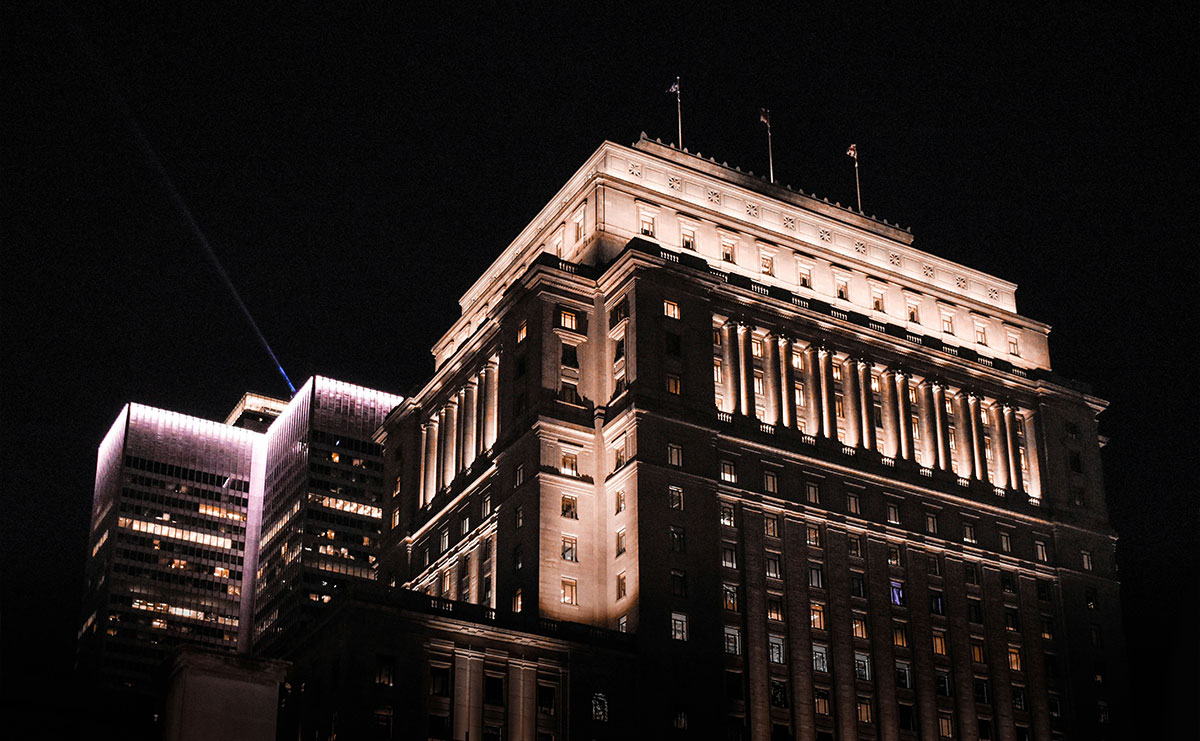
A floodlight generally has a broader beam distribution and is usually used when wider illumination is required. The beam spread usually exceeds 45 degrees and can go as high as 120 degrees. Floodlights give off a highly diffuse, non-directional light instead of a well-defined beam. This results in smooth and see-through shades. The wider beam angle makes it possible to light up the bigger spaces, like lighting in the area around the factory, gardens, billboards, stadiums, etc. It can light up the area entirely during low-light conditions.
2. What is a Spotlight?
Spotlights are lamps that are used to show that the light on the surface being lit is brighter than that of the surrounding area. Unlike LED floodlights, the beam distribution generally does not exceed 45 degrees. Most of the beam spotlight is no wider than 25 degrees. Spotlights shine a directional, well-defined beam of light that illuminates a specific area. Spotlight is often used for decorative lighting. The concentrated illumination highlights the displayed items and brings a different atmosphere.
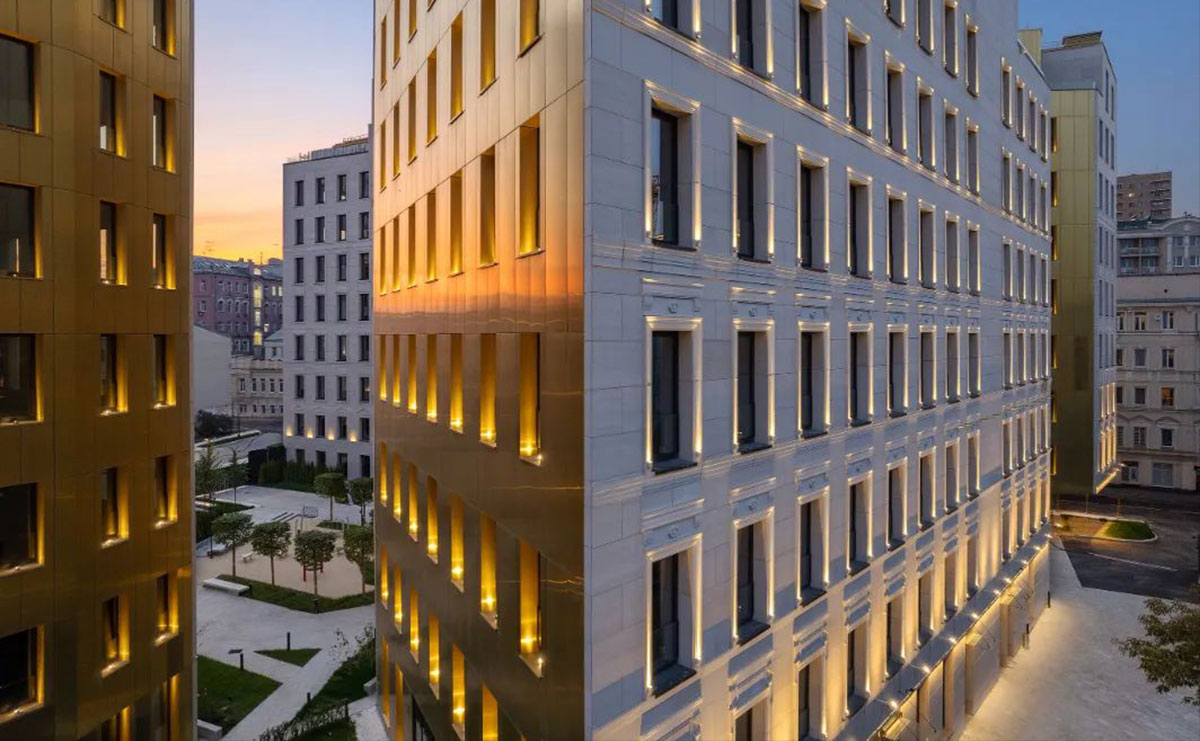
For instance, if you want to use light to draw attention to your favorite landscape features, you will need spotlights, while floodlights are generally not an option at this time.
3.Difference Between a Floodlight And a Spotlight
By our understanding of the concept of floodlights and spotlights, we can also know the various differences between them. They include beam angle and beam width application.
3.1) Illumination Form
An LED floodlight provides a highly diffused and scattered illumination. It projects light in all directions and floods all the space within range with uniform illumination. On the other hand, LED spotlights furnish a direct and precise concentrated effect. It cannot fill the whole commercial area with uniform illumination but can focus on defined objects without any glare.
3.2) Beam Angle
The beam angle is also called the beam pattern. It is the main difference between a floodlight and a spotlight. It is the degree of width that light emits or distributions. In other words, it is the angle made by two places on opposing sides of the beam axis where the light's intensity drops to 50% of its maximum level. The beam angle of the spotlight is narrow, and it is generally less than 45 degrees in width. Floodlight provides a wider beam angle that is larger than 45 degrees and up to about 120 degrees.

3.3) Beam Width
It is not always useful to know how wide a light beam is in degrees. From a certain distance, it would be much easier to see how wide the beam is in feet or meters. Assessing the coverage of floodlights or spotlights requires taking both beam angle and distance into account. Beam angle is typically measured in degrees to provide an idea of its spread while feet/meters can provide more practical data for analysis.
Tips for Assessing Beam Width:
Beam Angle: Beam angle refers to the angle at which light comes from its source and spread outwards.
Distance: Distance plays an essential part in defining the width of an illumination beam.
Though a formula provides a quick estimate, it doesn’t always capture all of the subtleties involved. Factors such as intensity of lighting technology used, environmental conditions and even type of illumination device used all impact effective coverage and should all be factored into any calculations of effective coverage.
3.4) Wattage
Floodlights are generally with a higher wattage than spotlights. The following is the standard wattage for floodlights and spotlights.
Floodlight Wattage: 10W, 20W, 50W, 100W, 150W, 200W, 300W, 500W, 700W, 1000W, or even more.
Spotlight Wattage: 6W, 9W, 12W, 15W, 18W, normally less than 20W.
3.5) Outdoor Applications
If you need to light up larger areas, like a driveway, stages, buildings, warehouses, parking lots, or anything else, you can use LED lights with a wide beam angle. These lights have a broad beam width and also light coverage.
An LED light with a slight beam angle can be used to light up particular areas like wall art, architectural building details, or landscape features.
We believe that when an area needs to be lit, the LED light with a narrow beam angle (spotlight) or broad beam angle (floodlight) can be utilized together so this area can be illuminated with good uniformity.
4. Which One is Better For Your Application?
The choice of floodlight or spotlight depends on your needs. Please keep in mind that neither floodlight nor spotlight should be only used separately. As both of them have advantages and shortages, a combination of floodlight and spotlight will be more helpful to improve the illumination effect and increase visual interest.
Every part of a space has its own requirement of illumination. For example, the hall and aisle of the exhibition require flooding and being evenly lit to brighten the space. Still, the displays need more transparent and more obvious lighting to distinguish themselves from the background.
5.Conclusion
Therefore, understanding the differences between spotlights and floodlights outlined in this guide will help you make wise decisions when it comes to lighting your spaces. While floodlights provide broad illumination across larger spaces, spotlights offer directed beams ideal for accentuating specific features or highlights. Figure out what lighting effect you really want, and then make a decision to choose the correct fixture for your application.





